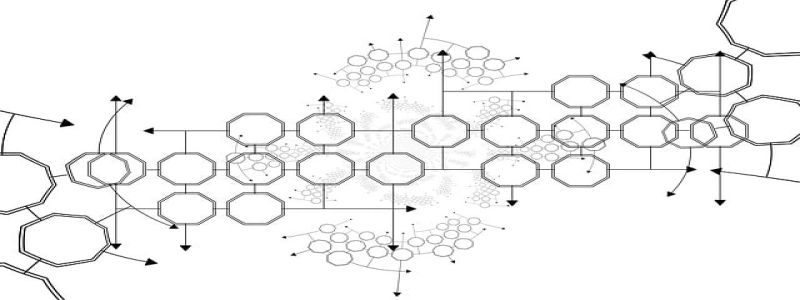Optical Over Ethernet
Introduction:
Optical Over Ethernet is a technology that combines the benefits of fiber-optic communication and Ethernet protocols. It enables the transmission of data, voice, and video signals over a single optical fiber cable, providing high-speed and reliable communication for various applications. In this article, we will delve into the details of Optical Over Ethernet and discuss its advantages, applications, and future prospects.
1. What is Optical Over Ethernet?
1.1 Definition
Optical Over Ethernet, also known as Fiber Ethernet, is a technology that extends Ethernet protocols over optical fibers. It utilizes the physical layer of Ethernet to transmit data signals optically, offering enhanced performance and scalability compared to traditional copper-based Ethernet.
1.2 How it Works
Optical Over Ethernet works by converting electrical Ethernet signals into optical signals through a process called modulation. These optical signals are then transmitted over single-mode or multi-mode fiber-optic cables. At the receiving end, the optical signals are converted back into electrical Ethernet signals for further processing.
2. Advantages of Optical Over Ethernet
2.1 High Bandwidth
Optical Over Ethernet offers significantly higher bandwidth compared to traditional copper-based Ethernet. Fiber-optic cables have the capability to carry a large amount of data at high speeds, making it suitable for bandwidth-intensive applications such as video streaming, cloud computing, and data centers.
2.2 Long Transmission Distance
Fiber-optic cables used in Optical Over Ethernet can transmit data over long distances without any degradation in signal quality. This allows for the deployment of network infrastructure in remote locations or across large areas, where traditional Ethernet may not be feasible.
2.3 Immunity to Electromagnetic Interference
Unlike copper cables, fiber-optic cables are immune to electromagnetic interference, making Optical Over Ethernet more reliable in environments with high levels of electrical noise. This feature ensures uninterrupted and error-free data transmission, critical for applications that require high levels of data integrity.
2.4 Enhanced Security
The use of optical fibers in Optical Over Ethernet provides enhanced security compared to traditional Ethernet. Fiber-optic cables do not radiate signals, making it difficult for unauthorized parties to tap into the network. This makes Optical Over Ethernet suitable for applications where data security is of utmost importance.
3. Applications of Optical Over Ethernet
3.1 Telecommunications
Optical Over Ethernet is widely used in telecommunications networks for high-speed data transmission and voice communication. It provides the backbone infrastructure for telecom operators, enabling the seamless transfer of data and voice signals over long distances.
3.2 Industrial Automation
The industrial automation sector benefits from Optical Over Ethernet for connecting various devices, sensors, and control systems in manufacturing plants. It offers reliable and fast communication, improving the efficiency of industrial processes and enabling real-time monitoring and control.
3.3 Smart Cities
Optical Over Ethernet is a key technology in building smart cities. It provides the necessary infrastructure for smart grids, intelligent transportation systems, and public safety networks. It enables the integration and efficient management of various devices and sensors, resulting in enhanced city-wide services and improved quality of life.
4. Future Prospects
The future of Optical Over Ethernet looks promising. With the increasing demand for high-speed data transmission and the proliferation of bandwidth-intensive applications, Optical Over Ethernet will continue to play a crucial role in network infrastructure. Advancements in fiber-optic technology and Ethernet protocols will further enhance the performance and cost-effectiveness of Optical Over Ethernet, making it the preferred choice for various industries.
Conclusion:
Optical Over Ethernet is a powerful technology that combines the advantages of fiber-optic communication and Ethernet protocols. Its high bandwidth, long transmission distance, immunity to electromagnetic interference, and enhanced security make it a reliable solution for various applications. As technology continues to advance, Optical Over Ethernet is expected to thrive and revolutionize the way we communicate and connect in the digital age.








